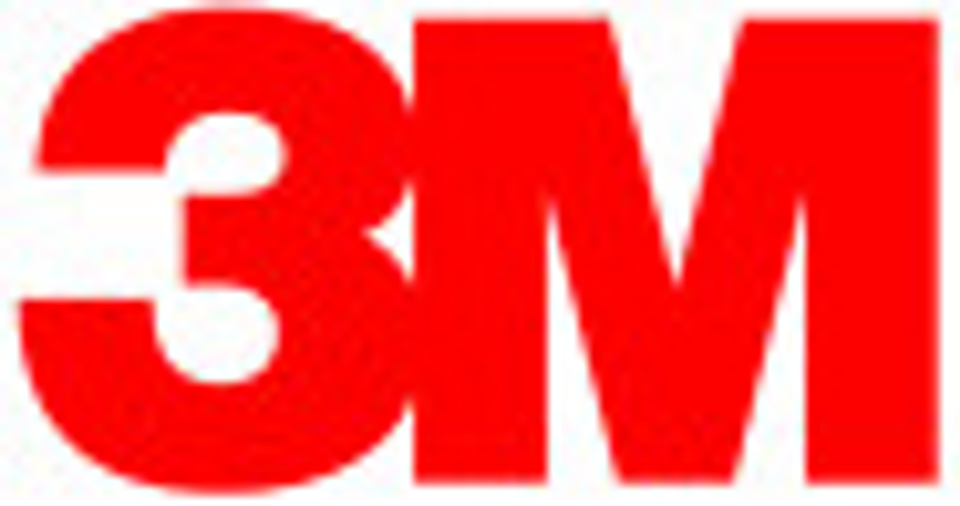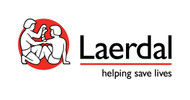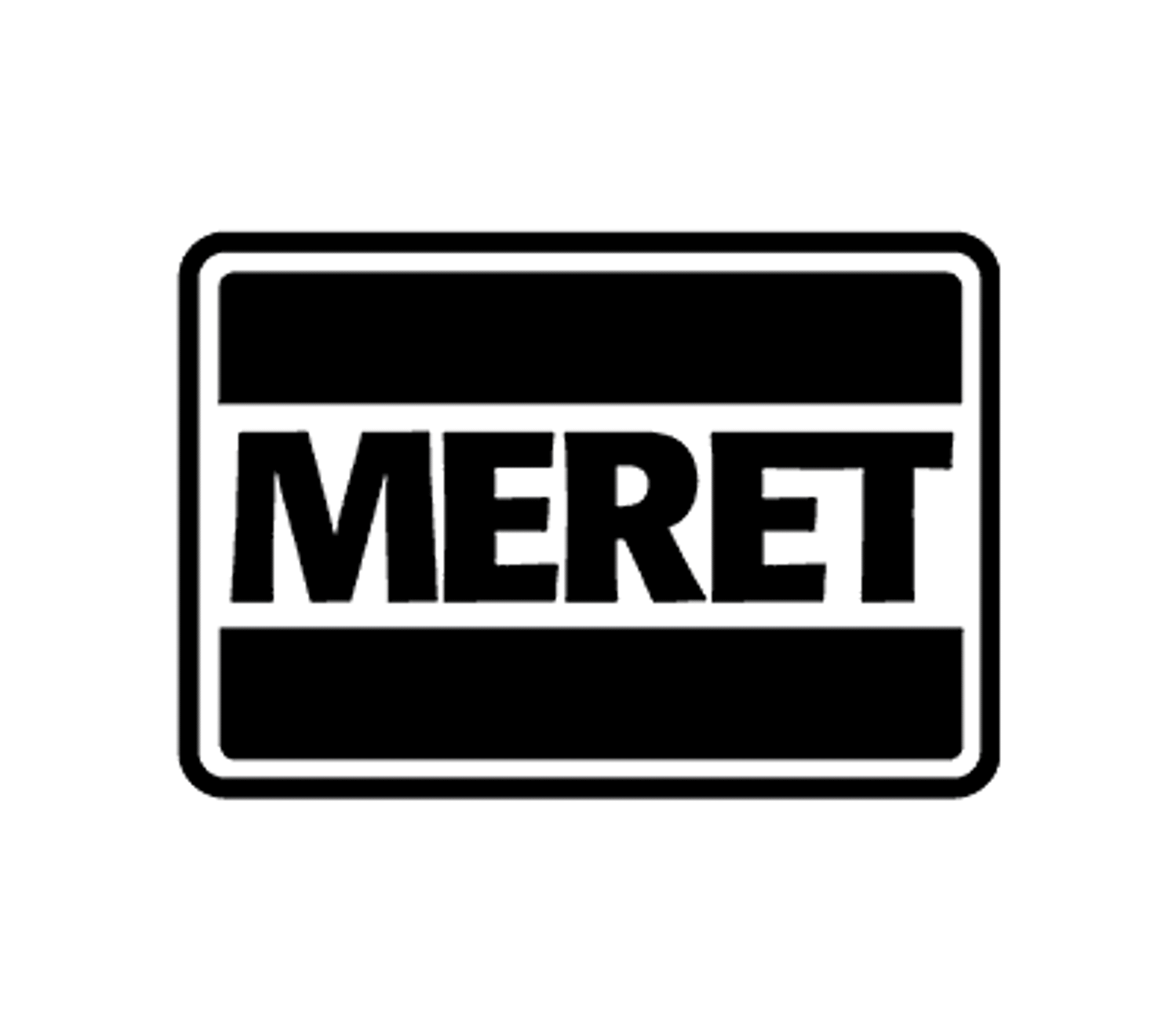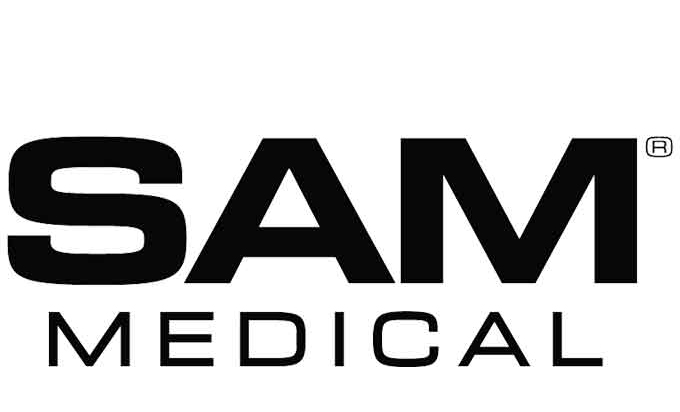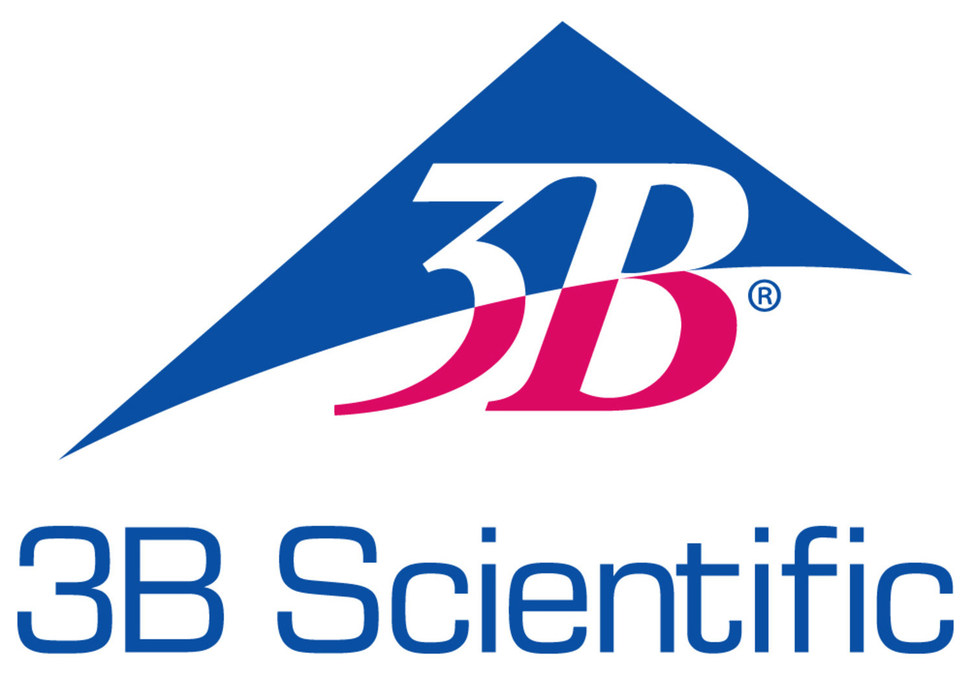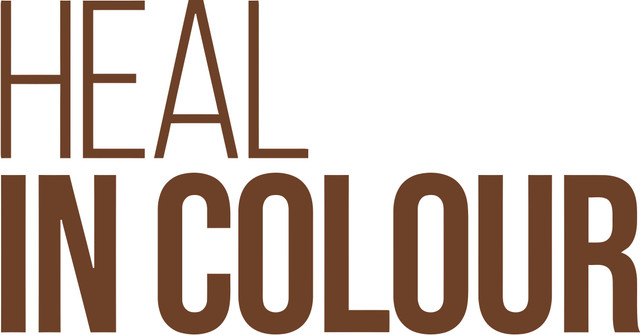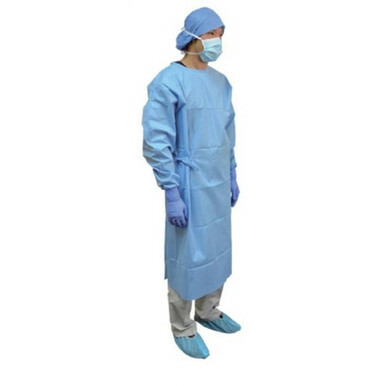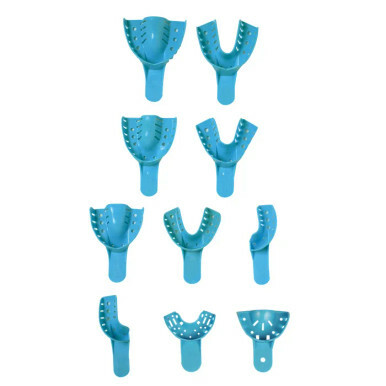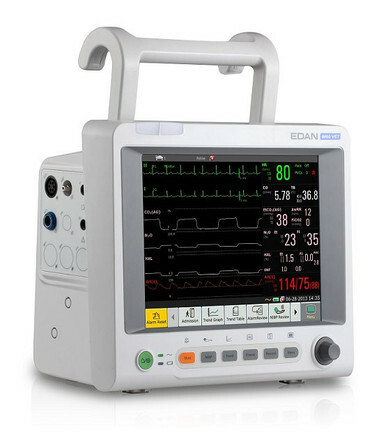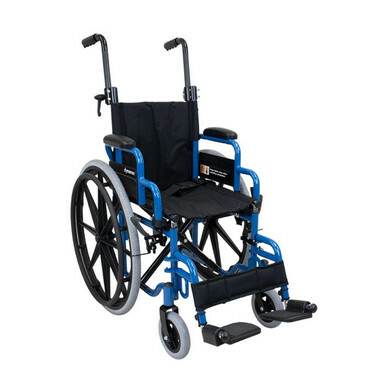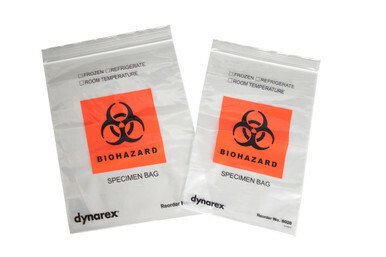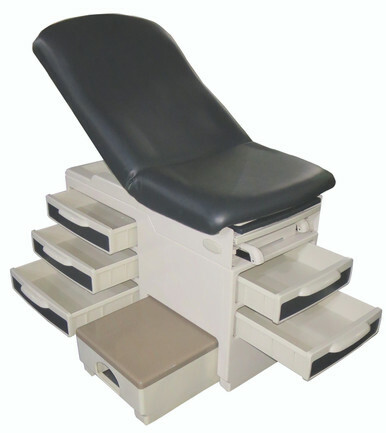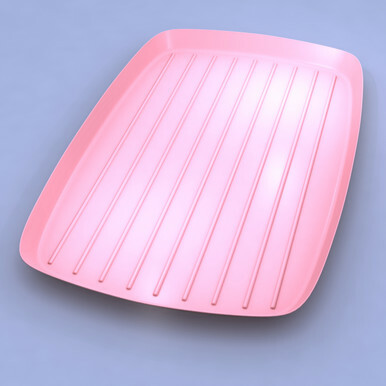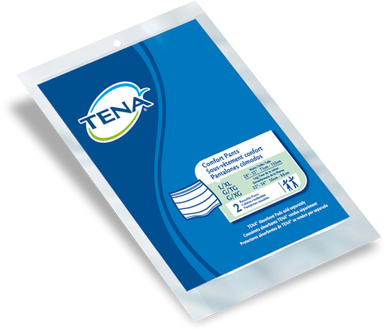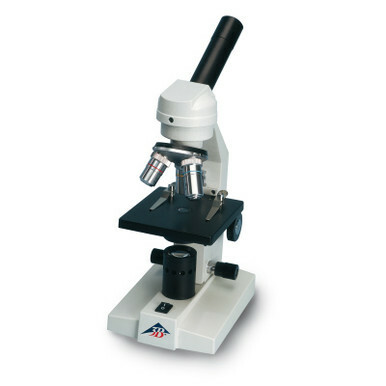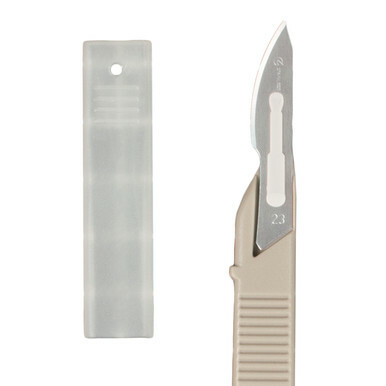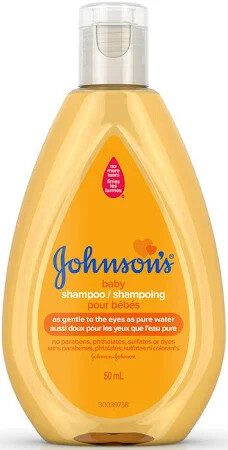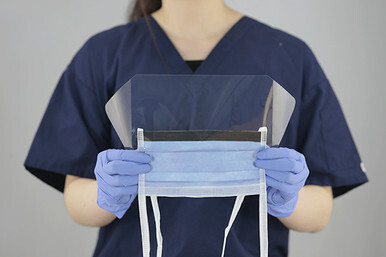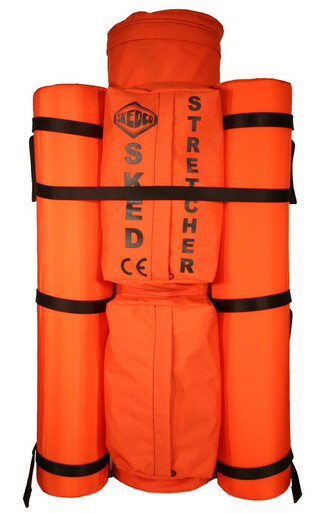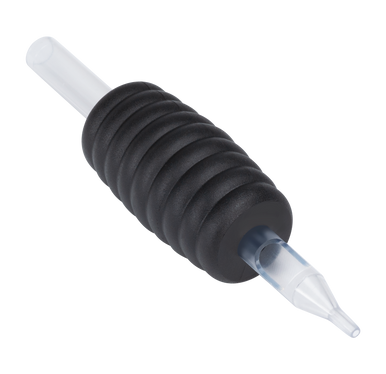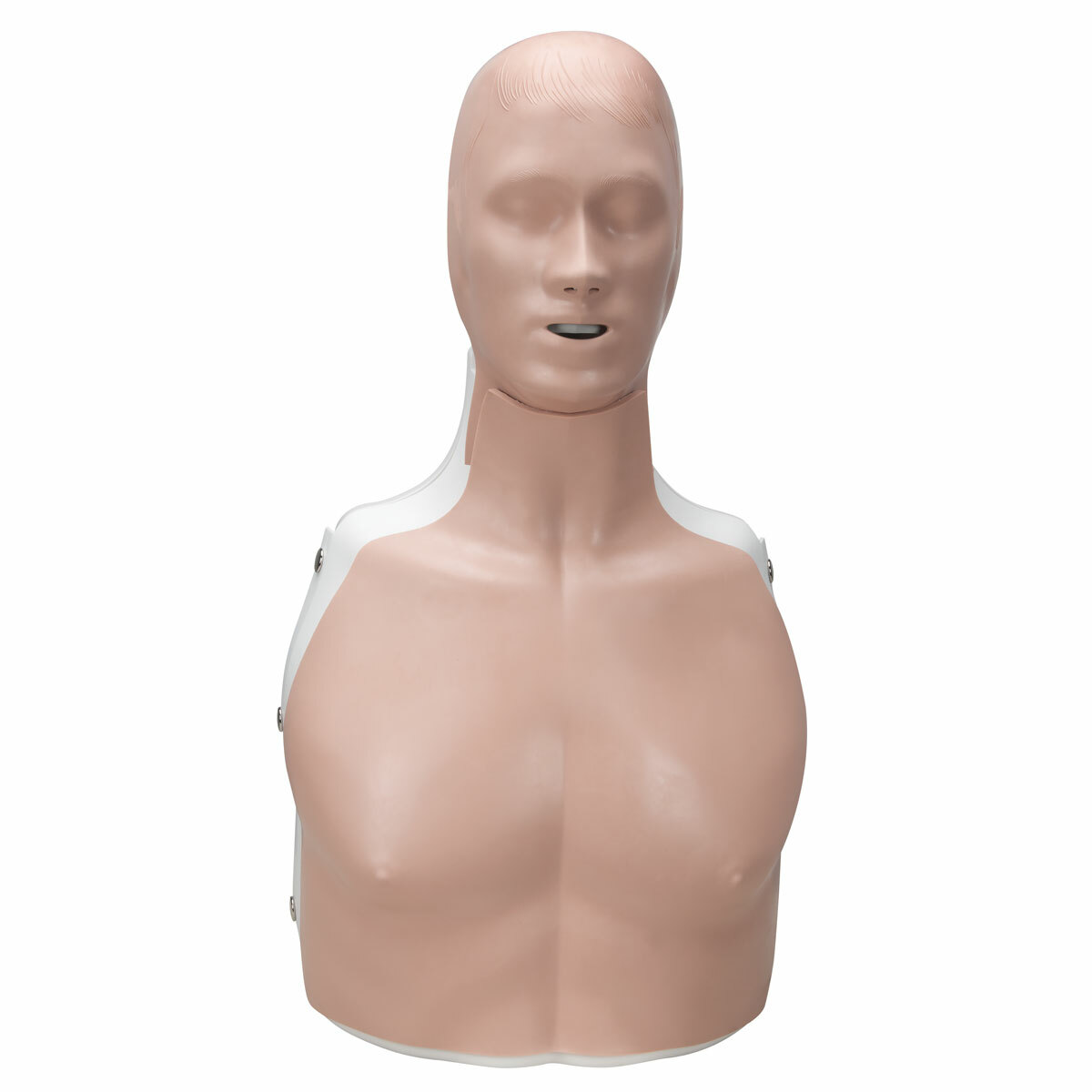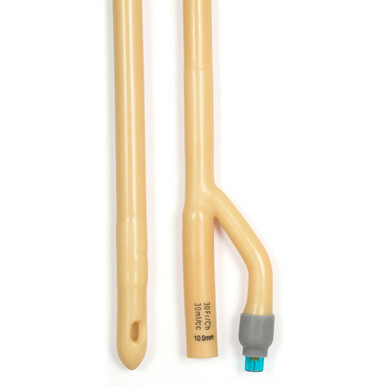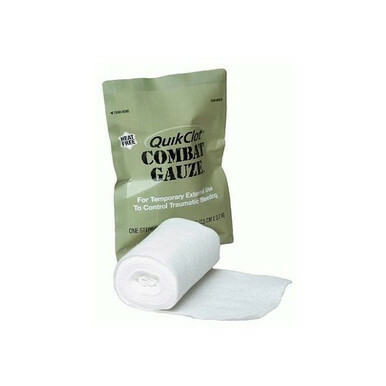Surgical and procedure masks are generally used to reduce the risk of pathogen
transfer between people. They can be used as protection for asymptomatic individuals
or to help contain droplets from symptomatic individuals. Masks accomplish this
by covering the mucous membranes of the nose and mouth with filtering materials.
Masks with attached visors also provide protection for the eyes.
No mask completely eliminates the risk
of exposure to blood or bodily fluids.
MEDICAL FACE MASK STANDARDS AND REGULATIONS
Specifications developed by the American Society of Testing and Materials (ASTM)
are referenced by the FDA as the required standard in the USA. The current standard
ASTM F2100 specifies performance requirements for medical face masks with five
basic criteria:
In addition to the above tests, all face masks must be tested to an international standard
(ISO 10993-5, 10) for skin sensitivity and cytotoxic tests to ensure no materials are harmful to the
wearer. Tests are conducted on all materials used in construction of the mask, including the ties,
elastic ear loops, anti-fog strips, visor shields, and any piping materials that may be used to hold
the side pleats together.
PARTICULATE FILTRATION EFFICIENCY (PFE)
Measures a mask’s ability to filter sub-micron particles with the expectation that
viruses will be filtered in a similar manner. The higher the percentage, the more
efficient the mask is at filtering particulates. Although testing is available using
a particle size from 0.1 to 5.0 microns, ASTM F2100 specifies a particle size of
0.1 micron be used.
When comparing test results, it is important to note the size
of the test particles used, as use of a larger particle size will
produce a misleading PFE rating.
FLUID RESISTANCE
Reflects a mask’s ability to minimize the amount of fluid that could transfer from the
outer layers through to the inner layer of the mask as the result of a splash or spray.
ASTM specifies testing with synthetic blood at pressures of 80, 120, or 160 mm Hg
to qualify for low, medium, or high fluid resistance.
ASTM LEVEL 1
Used for general procedures, minimally
invasive surgery, ophthalmology and
respiratory etiquette. Designed to resist
a splash or spray at venous pressure.
ASTM LEVEL 3
Highest fluid resistance — designed to
resist a splash or spray during tasks like
orthopedic surgery or trauma.
continued on next page
ASTM LEVEL 2
Moderate fluid resistance for
procedures such as general surgery and
endoscopy. Designed to resist a splash
or spray at arterial pressure.
DELTA P (PRESSURE DIFFERENTIAL)
Measures how light and breathable a mask feels. A controlled flow of air is driven
through a mask and the pressure on either side of the mask is determined. The
difference in pressure is measured and divided by the surface area (cm2) of the mask
segment tested. The higher the Delta P value, the more difficult it is for the wearer
to breathe. The Delta P is measured in units of mm H2O/cm2. The ASTM standard
requires that masks have a Delta P of less than 6.0, as a higher value would be
considered too “hot” for general medical or surgical use. Masks with a Delta P of less
than 5.0 are considered acceptable, while masks with a Delta P less than 2.0 would
be considered “cool”.
FLAME SPREAD
Measures a mask’s ability to withstand exposure to flame. Operating rooms contain
sources of oxygen and other gases used for anesthesia, and there are potential fire
hazards from electrosurgical procedures such as lasers or cautery equipment.
All products used within the operating room, including face masks, are tested for
flame resistance. As part of ASTM F2100 testing, masks must withstand exposure
to a burning flame (within a specified distance) for three seconds.
The ASTM Level 1 Duckbill Mask with Ear Loops (PG4-1321) is designed for low-risk clinical environments and general use, offering dependable protection with an ultra-breathable design. Its distinctive duckbill shape provides a spacious breathing chamber and minimizes airflow resistance, enhancing comfort during extended wear.
Made with soft, non-woven materials, this mask features a 3-layer construction that includes a melt-blown filter for effective filtration against particles and droplets. The ASTM Level 1 rating ensures basic barrier protection, ideal for procedures with minimal fluid exposure.
The ear loop design allows for easy donning and removal, while the adjustable nosepiece ensures a secure and customized fit to reduce fogging and gaps.
Key Features:
-
ASTM Level 1 Protection for low-fluid, low-aerosol environments
-
Duckbill Shape offers more breathing space and reduces airflow resistance
-
3-Layer Design with a melt-blown filter for particle control
-
Soft Ear Loops for a comfortable, secure fit
-
Adjustable Nose Clip to ensure proper sealing and minimize fogging
-
Blue Color for easy identification
-
Latex-Free & Hypoallergenic
-
Disposable, Single-Use
Ideal For:
-
Routine patient care and non-surgical procedures
-
General use in clinics, offices, or public settings
-
Individuals seeking breathable, lightweight face protection
-
Low-risk medical environments requiring ASTM-rated masks
The ASTM Level 1 Duckbill Mask with Ear Loops (PG4-1321) offers the perfect balance of protection and breathability—making it a trusted choice for comfort and performance during everyday use.

